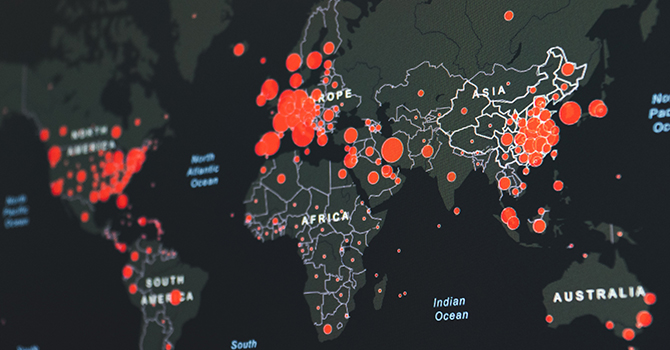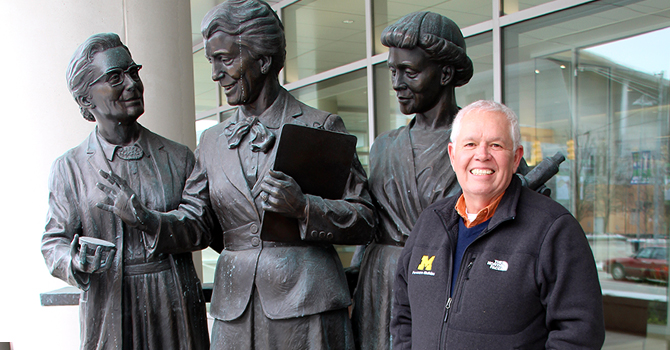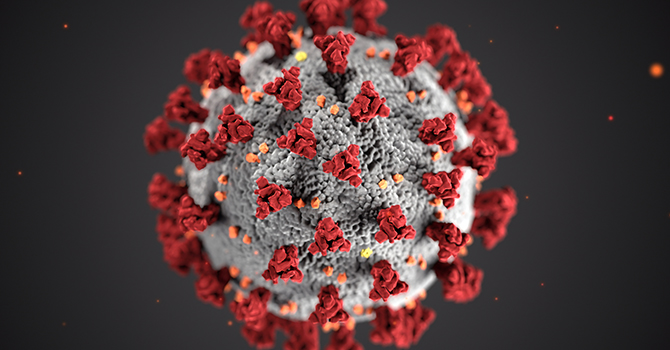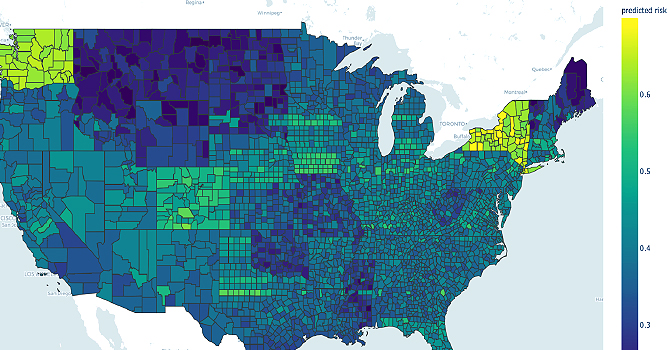
Surveillance Testing: Gathering the Data on COVID-19
Q&A with Emily Martin
Emily Martin is an associate professor of epidemiology at the University of Michigan School of Public Health and an expert in viral respiratory illnesses. She explains what surveillance testing is and how it can help us in the process of slowing the spread of this virus.





